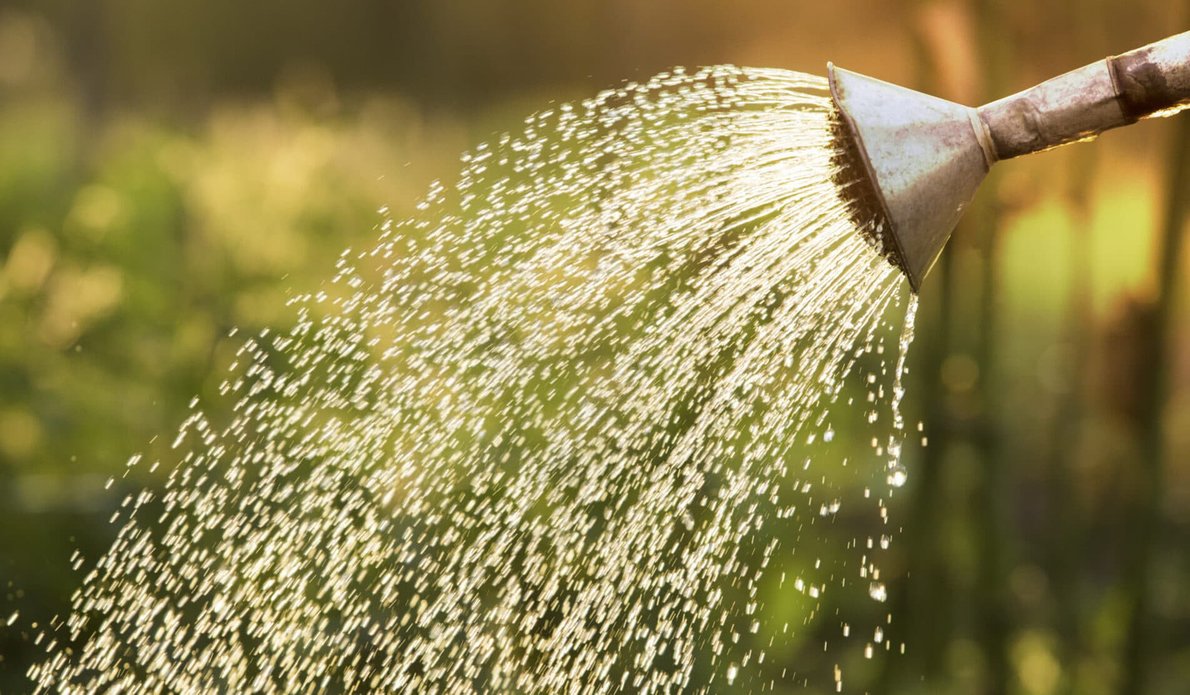Not only humans suffer from annual summer heat waves, it gets tough for animals and plants too. And when we have air conditioning and animals get their fur and superior thermoregulation, plants have nothing. Especially young, especially those planted by human hands. They require special care and attention during summer heat.
It’s 35 degrees outside and you don’t know what to do
Watering is your answer. It is always easier to adjust to summer heat after a glass of cool water or a spoon of ice cream. Plants are no exception.
If plants don't get enough water they will lack nutrients and will soon enter “maximum economy” state. What does it mean for a gardener? Plants will shed ovary (too many nutritions required for its development) and leaves, to reduce the area of moisture evaporation.
To water properly you have to do it a lot. Tree roots quite often are at least a meter deep in soil, bushes roots go 40-50 cm deep and active roots are located at the ends of the root system. So to water a plant properly you will have to moisturize your soil enough for water to reach active roots.

It is better to water less often but thoroughly than often and slightly. If you water your plants regularly but with small amounts of water, only topsoil will be moisturized which would encourage the growth of surface roots. If surface roots become dominant, your plant will be more vulnerable to temperatures and strong winds. Plants with surface roots are the first to suffer from heats and insufficient watering.
Mature trees need approximately 100 liters of water at a time, however they are least vulnerable to heat and insufficient watering. Their roots are deep enough to reach humid and colder soil layers. The same can’t be said about young plants.
Be rational, though. Don’t waste more water than needed.
How to water smartly?
Don’t water your trees near trunks. Draw an imaginary circle from branch edges to soil - this is your place to water, that’s where moisture will reach active roots. Watering within your imaginary circle will bring maximum benefit for the plant and will reduce water waste.
It’s not just environmentally friendlier to not overwater. For plants too much moisture is a problem in itself. In addition to water and nutrients, roots need air. Too much water in soil equals less air. Without air your plant will “suffocate”. There is a handy trick to check if your soil needs watering. Scoop a small amount of soil with your shovel, preferably 10-20 cm deep. Squeeze the soil and open your palm. If soil keeps shape, no watering needed, it is moisturized enough. If your soil is visibly dry and scattered on your palm, you should water it. And if you end up with slurry in your hands, DO NOT WATER. You already overdid it.